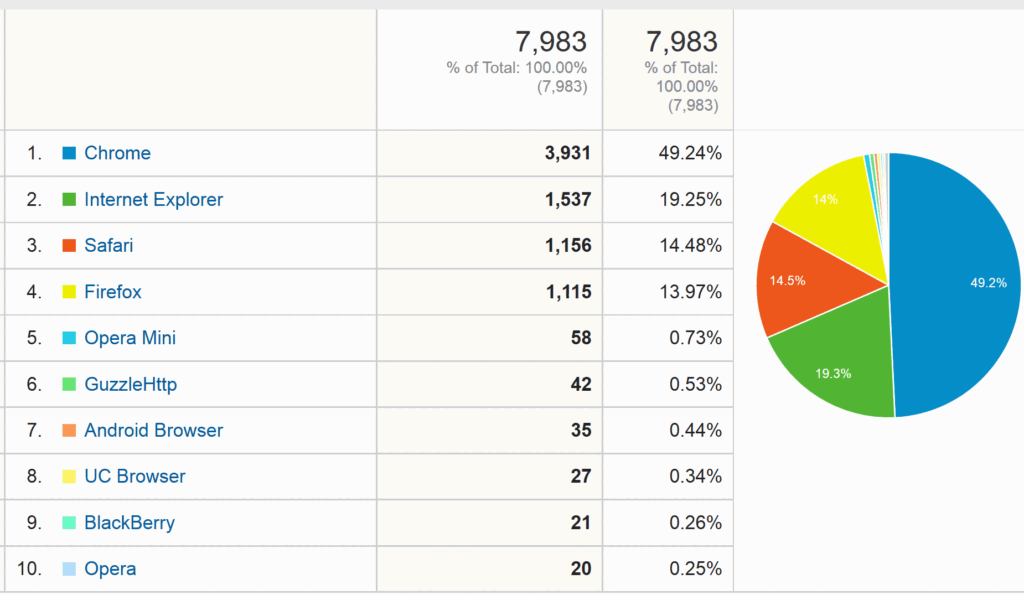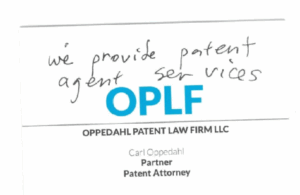It is astonishing that even now, in August of 2015, despite many warnings and requests from users over the span of several years, USPTO has not scrapped its Java applet. By this I mean the Entrust Java applet which USPTO forces customers to use to authenticate their logins at Private PAIR and EFS-Web. The most recent reminder of all of this is USPTO’s oddly worded “Third Notice”, an email alert on August 18, 2015 from the USPTO warning customers that time is running out for users of Chrome browsers. In September of 2015 (that is, during the next month) Chrome will stop supporting Java, meaning that users of Chrome will no longer be able to log in at Private PAIR or EFS-Web.
USPTO forces customers to use to authenticate their logins at Private PAIR and EFS-Web. The most recent reminder of all of this is USPTO’s oddly worded “Third Notice”, an email alert on August 18, 2015 from the USPTO warning customers that time is running out for users of Chrome browsers. In September of 2015 (that is, during the next month) Chrome will stop supporting Java, meaning that users of Chrome will no longer be able to log in at Private PAIR or EFS-Web.
Until now I had sort of thought of Chrome as a relative newcomer among web browsers, and I had sort of assumed that most people still use Firefox and Microsoft Internet Exploder. Which got me wondering, how many USPTO customers use Chrome anyway? Continue reading “USPTO can’t say it wasn’t warned about its Java applet problem”
 . Yet none of my readings about ePCT or your blog mentions that. Has it gone away? Continue reading “Whither USPTO’s Form PTO-1382?”
. Yet none of my readings about ePCT or your blog mentions that. Has it gone away? Continue reading “Whither USPTO’s Form PTO-1382?”



